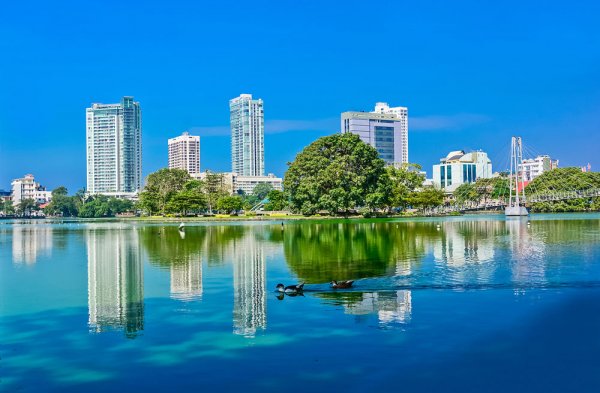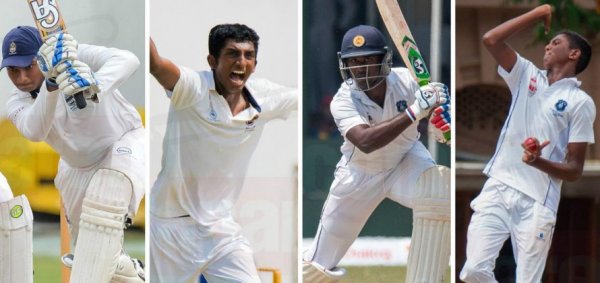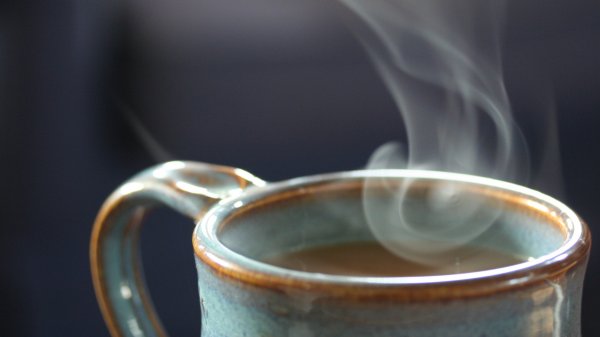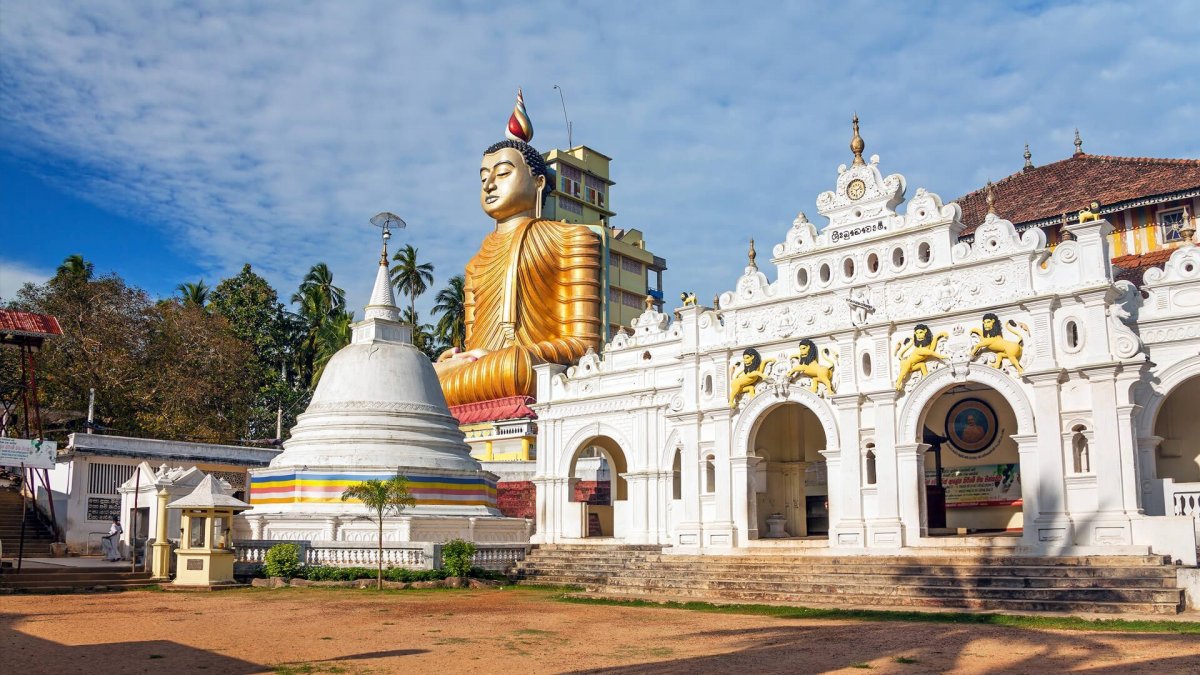
Sri Lanka is a land of duality. On the one hand, a scenic, Buddhist-majority island known to be one of the most charitable countries in the world despite its developing economy, and on the other hand, home to one of the longest and bloodiest civil wars and ongoing conflicts of ethnicity, religion, gender, and class.
The World Giving Index, an annual report published by the Charities Aid Foundation, has placed Sri lanka in the top ten of the most charitable countries in the world every year since 2013. This is no small feat considering Sri Lanka’s status as a lower middle-income developing country. And yet for many Sri Lankans this high placement, alongside more powerful and wealthier nations like the UK, USA, Canada, New Zealand and Australia may not be so surprising. With a deeply pious population, traditions of charity and almsgiving are hardwired into the Sri Lankan psyche. This is plain to see every time natural disasters like floods strike, and communities scramble to provide food, water, medicine and shelter to those affected, often responding faster than the state.
However, Sri Lanka also has the misfortune of being home to some of the bloodiest conflicts of the past century; starting with the JVP insurrections, in both 1971 and from 1987 to 1989, which resulted in much death and bloodshed. More famously, Sri Lanka’s 30-year-old Civil War was one of the longest running in recent history, racking up a terrible death toll of over 100,000 civilians and countless fighters from both sides of the ethnically fueled conflict. This war also made Sri Lanka one of the highest contributors to global refugee outflows according to UNHCR statistics, with peaks in the 1990s and towards the end of the war in the late 2000s, resulting in the creation of a generation of mostly Tamil refugees in the diaspora.
It is clear then that there is a great contradiction between the charitable and altruistic nature of Sri Lankan citizens and the great conflicts that have plagued the island since its independence in 1948. It is strange indeed how Sri Lanka, once an island of peacefully coexisting communities, was torn asunder by petty distinctions of ethnicity and religion. While much has been written on the actions and inactions of Sri Lanka’s leaders, it must also be said that the selective charitability of Sri Lankans as a whole may have allowed these conflicts to fester and perpetuate even in the post-war era.
A Buddhist monk from the Wawurukannala temple in Dickwella in the Matara District of the Southern province, where 50 Muslim families were resettled after riots between Muslim Moors and Sinhalese Buddhists broke out in Kandy and Colombo (before spreading to the rest of the island) in 1915, talks about coexistence and the importance of a value-based society.
The monk says that despite a few “scuffles” and disagreements, “people live in harmony” and there has not been communal violence since. In fact, the Muslim community patronises the Buddhist temple with alms givings and donations.“Sinhala, Muslim, Tamil – everyone lives on this island,” the monk says. “But today, because of politics, they fight each other, they destroy the whole country.”
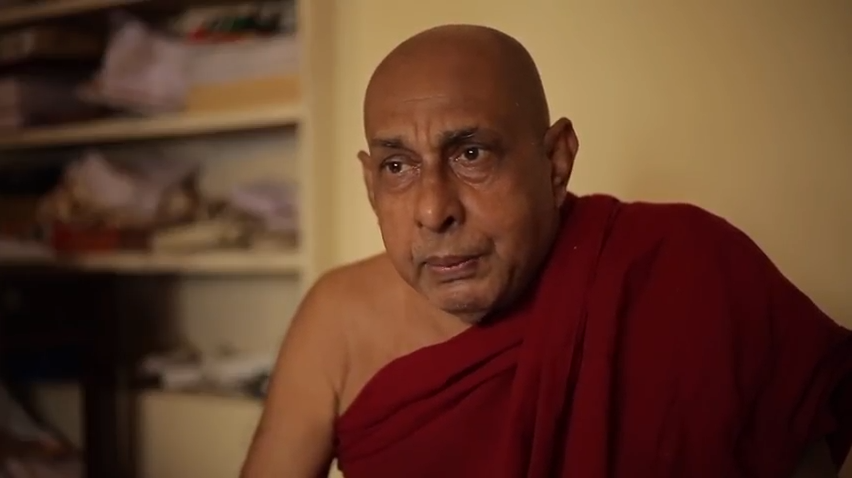
He goes on to say that, “If the country is to prosper, then we need to develop an idea of ‘community’ for common good… All religions preach goodness; no religion preaches wrongdoing. We need to live with compassion, mercy, kindness and hope in this country. We must become a people with values.” For this monk, then, the positive values found in the religion of all communities across the island is an antidote to the politically fuelled violence that has threatened to engulf Sri Lanka over the last few decades.
A few kilometres away, in the Athuraliya division of Matara, a 90 year old Muslim man, Marikkar, reflects on his experience of communal difference and the difficulties of coexistence and harmony, touching upon the fluidity and hybridity of Sri Lankan identity.
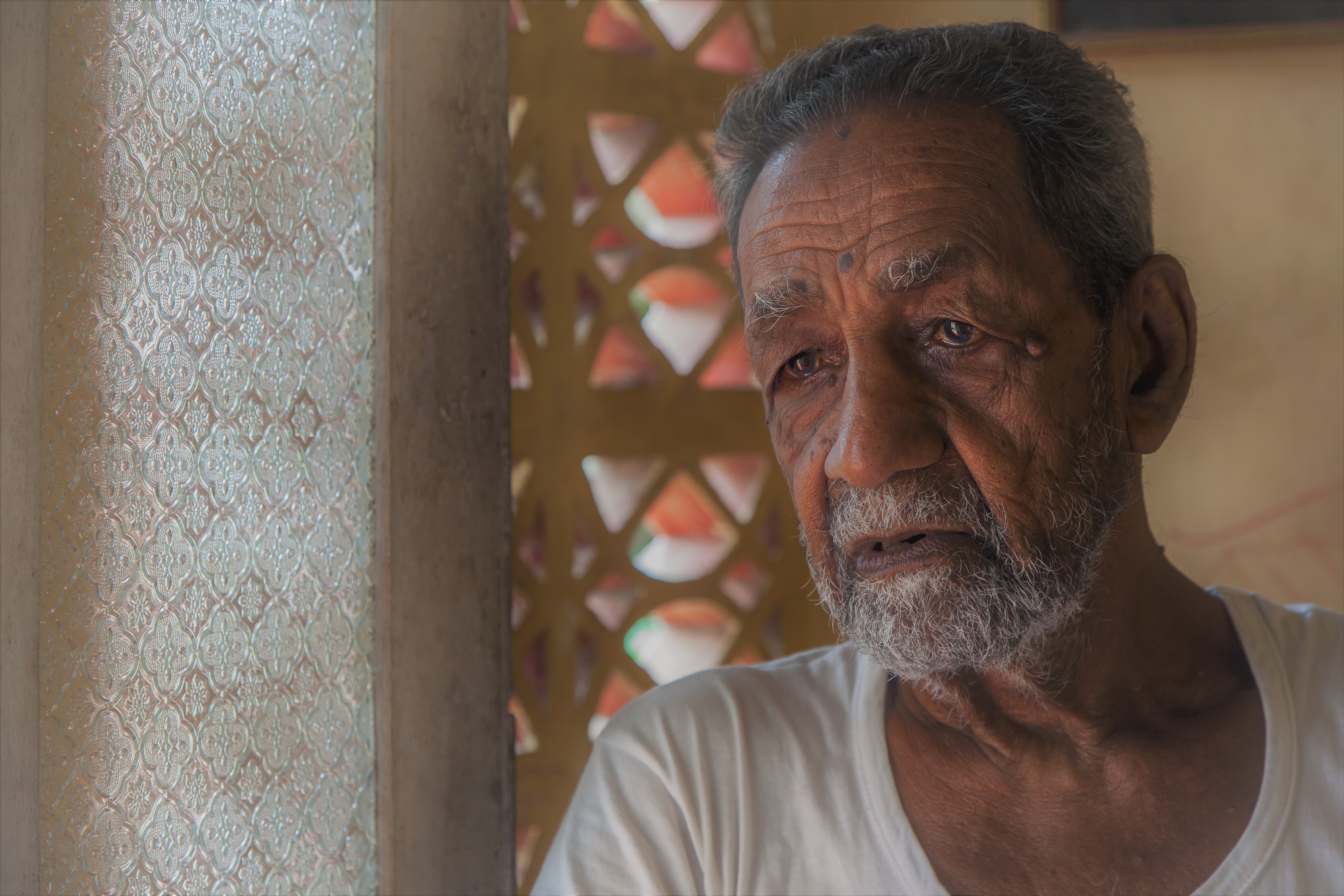
“If we become strong and united as ‘Sri Lankans’, then we can defeat any negative force,” Marikkar says. His son adds that, “We need to respect difference. We need to cultivate this idea in people. Without letting these small things become big problems.”
Both the Buddhist monk and the Marikkars are keenly aware of the fluidity of ethnic and religious identity. With an intuitive understanding of this, they are able to advocate for unifying values, going beyond mere tolerance to in fact embrace difference and its ability to make communities more dynamic and resilient.
Across the island, a Tamil woman in Samanthurai in the Ampara District of the Eastern Province recalls her gruelling experience of this violence in the 1990s, when Sinhalese mobs evicted Tamils from their homes and hacked them. The woman, who was pregnant at the time, had to leave all her possessions and flee for her life with her children. She recalls that as the conflict escalated, violence spilled even into the sacred ground of temples and into the everyday lives of people taking the bus to work. To make matters worse, the Tamils and Muslims who once lived in harmony were also drawn into conflict.
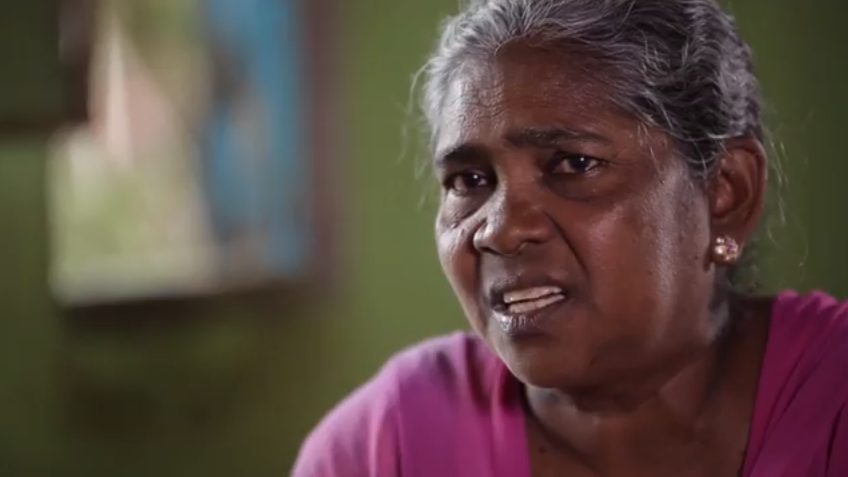
Her experiences reflect the way in which Sri Lankan society has been fractured along ethnic lines due to politically fuelled violence – a fracture that continues to this day. She says, “We still talk to each other, we might work with each other. But Tamils are for Tamils; Muslims are for Muslims; Sinhalese are for Sinhalese.”
Despite her traumatic experiences, this woman find herself committed to the values which she believes will help bring peace to all in the island. She says, “It’s better if we lived as one people. We shouldn’t rise up against each other. We should be equal. Unity is what we need most. Unity and love.”
Of Sri Lanka’s 70 years of independence, it is startling to realise that at least half of this period has been plagued with open conflict. It is hard to gauge how this, combined with the hundreds of years of colonial rule that preceded it, have slowly eroded away the natural trust and interconnectedness that link up the communities that live on this island.
Ensuring non-recurrence of the kind of violence that has lingered like a shadow over Sri Lanka means inculcating the best “Sri Lankan” values in the next generation. It is often the survivors and witnesses of such violence that are most keenly aware of what these values are. For the monk, it is the unifying emphasis on community; for Marikkar, it is recognising the fluidity of identity and respecting difference; and for the Tamil woman, it is as simple as valuing equality, unity and love.
Any individual could learn from each of these experiences and try to find the common ground among all communities. One should note that in difficult times, people of all communities help each other. In such instances, the sense of charity and compassion takes over. The lingering doubts regarding “the other” are remnants of the long armed struggle and misunderstandings which developed over a few decades. We, as individuals, would be better served by having an open mind and exploring what is unknown about other communities who live side by side in this small island.
Cover Image: Wewurukannala Temple (andBeyond.com)



